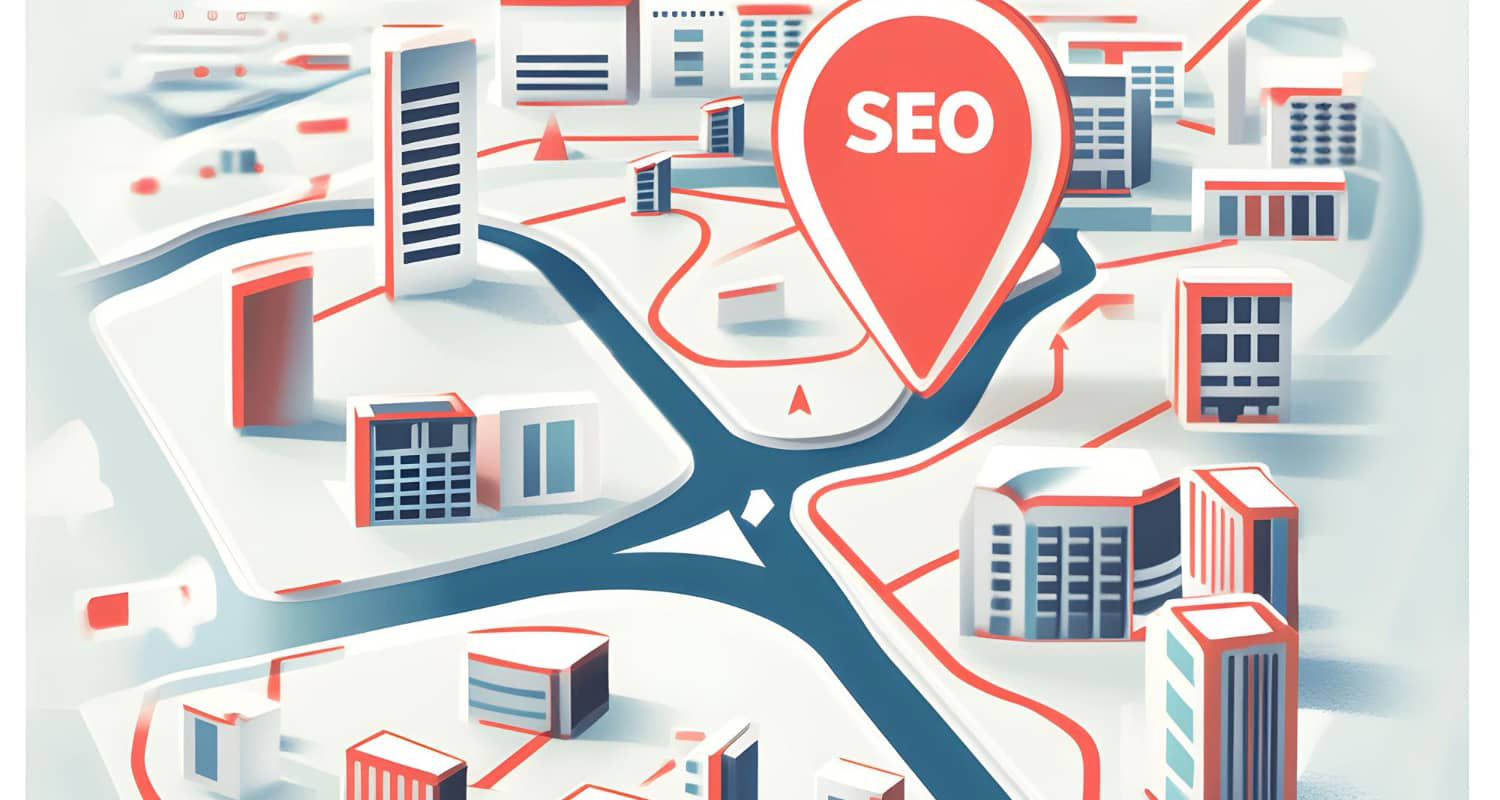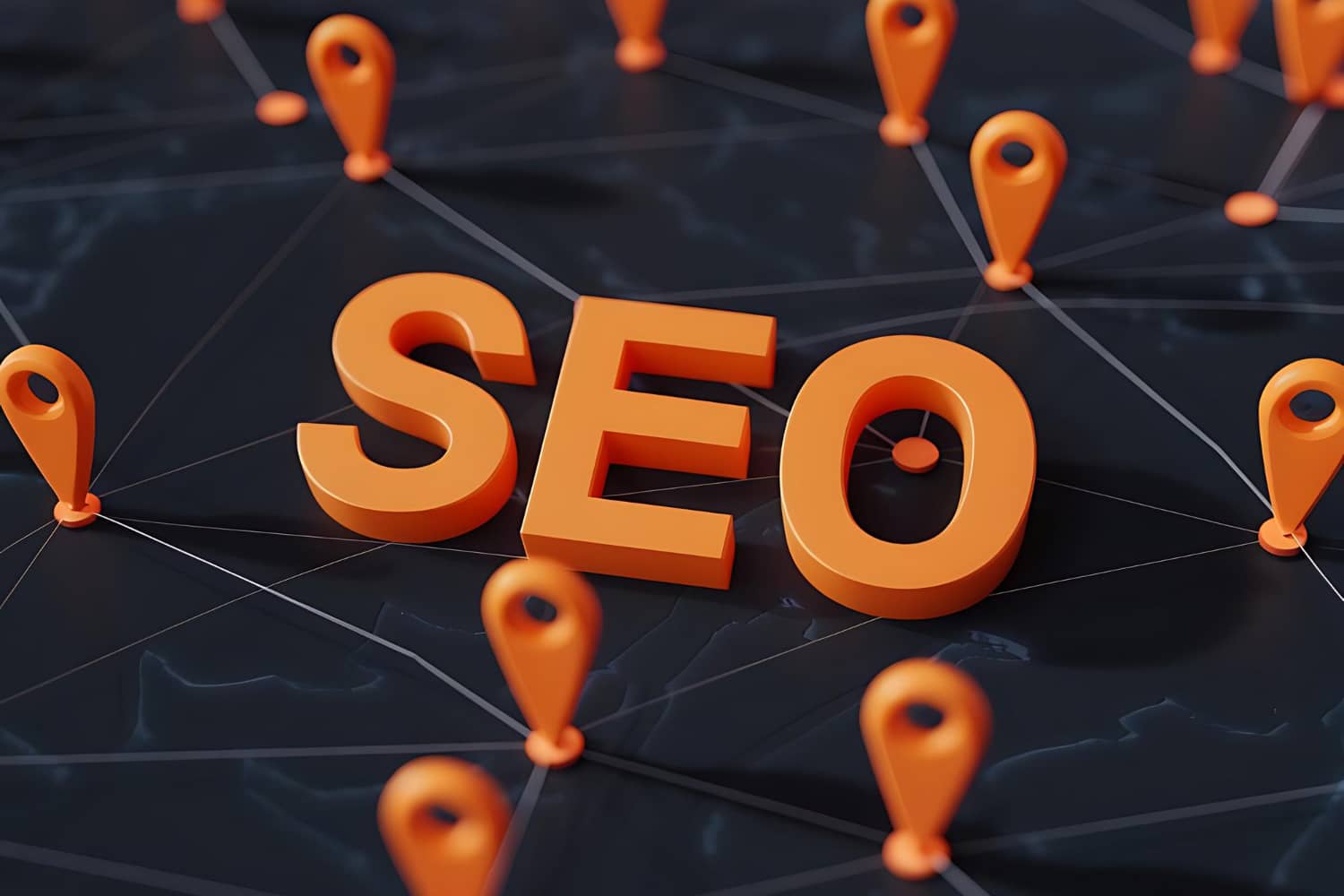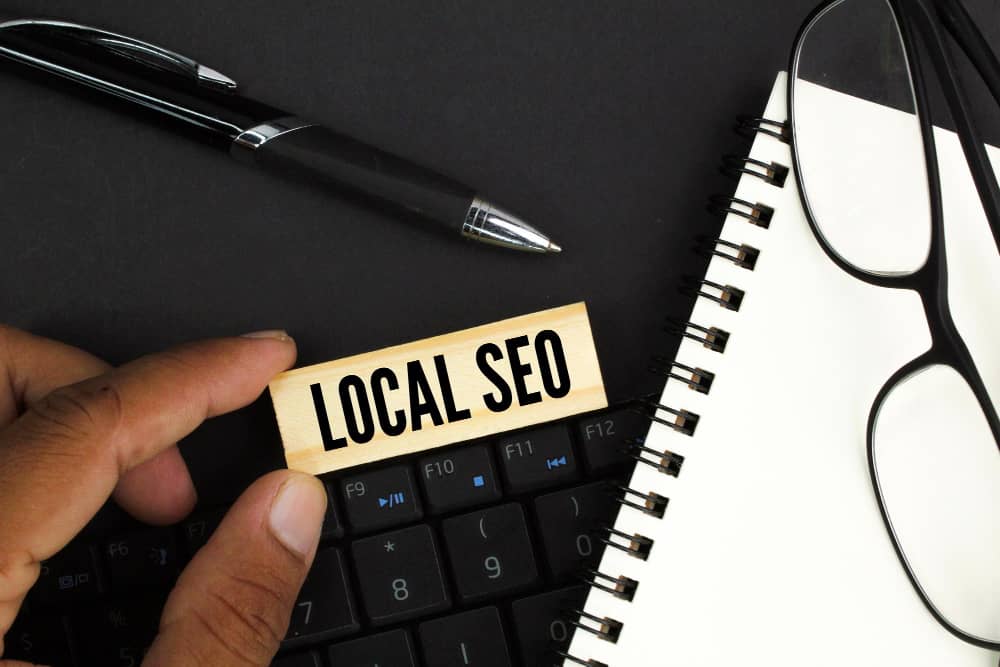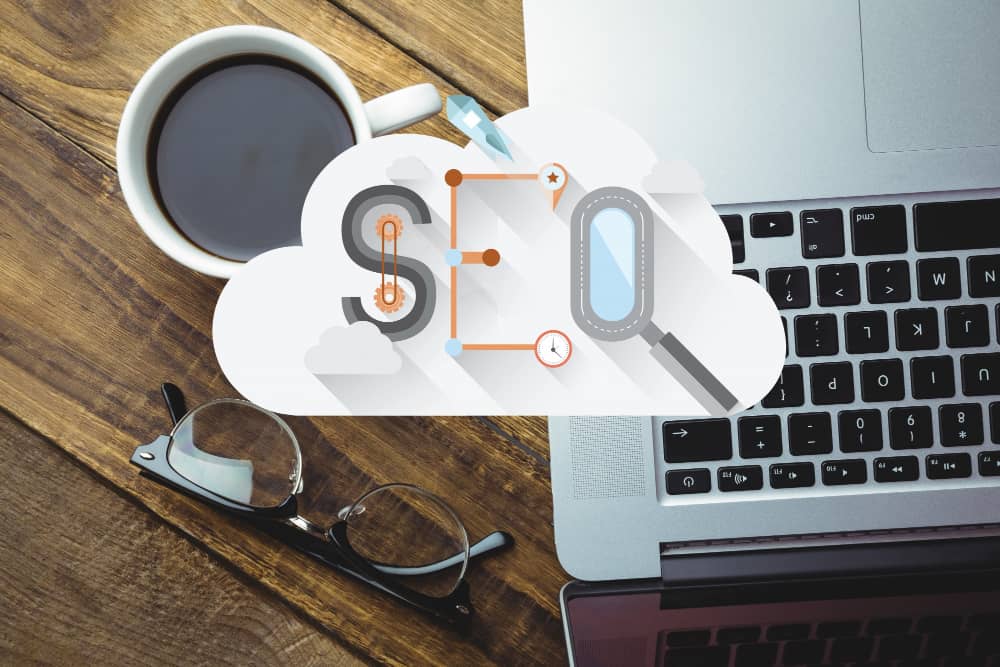
Drive Growth with Online Marketing for Online Business
Drive Growth with Online Marketing for Australian Online Businesses in 2025
According to Commission Factory, Australia's digital economy is growing rapidly. Australian eCommerce alone is projected to hit $49.47 billion by 2028.
No matter how big or small your business is, or what product or service you're selling, the ability to attract, convert, and retain customers online can be the difference between growing your business or closing your doors.
Shotgun tactics like random content creation, selling to everyone, and not understanding the purchasing intent of your audience will be the downfall of online businesses.
Strategic online marketing that makes use of lead generation funnels, buyer persona development, and intent data marketing is key to growing and scaling your business in 2025.
In this article we will explore the use of high-level strategic marketing tactics for online businesses.
If you're ready to implement some of these tactics in your business but aren't quite sure how, just reach out and we can help you plan and implement a strategy tailored to your business.
Defining Your Goals---What to Expect
While these strategies aren't guaranteed to make you millions of dollars, they have been wildly successful for many other businesses and the general consensus is that they are much more effective than using scattered marketing tactics.
If you want to see real success with these strategies you need to create a strategy, implement your strategy and collect data, then adjust accordingly.
So, let's dive in.
1. Effective Lead Generation Funnels Turn Strangers into Customers
One of the first key elements of online marketing is understanding how lead generation funnels (or lead gen funnels for short) work.
Unfortunately it's not as simple as 'people in, money out' but if you break a funnel down and try to visualise an actual funnel, it becomes easier to understand.
While there are variations, the most commonly held model of a funnel comes in 4 stages. From the top down they are Awareness, Interest, Decision, and Action.
Here's the breakdown:
Awareness - The customer discovers or becomes 'aware' of your business. This could be via SEO, paid ads, social media, YouTube, etc.
Interest - The customer shows 'interest' in your business and they engage with a useful resource like a lead magnet or quiz.
Decision - The customer evaluates your offer and makes a 'decision' about whether or not to buy. This is when they first come in contact with your offer.
Action - The customer takes 'action' and they take the next step. This could be something like buying, subscribing, or booking a call.
Why does this matter for business owners?
A funnel helps you focus your marketing efforts. It gives your marketing structure and purpose.
Instead of wasting time, energy, and resources attempting scattered tactics and giving up when they don't work right away, a funnel helps create a route from A to B that you can tweak and optimise along the way to improve performance.
At every step of a funnel, your potential customers become more familiar with you and your offer. They learn to like and trust you and they come to understand what to expect from you.
This allows you to gradually guide them to making a final decision to take action.
Remember: It's not just traffic you want --- it's qualified leads that are guided toward doing business with you.
2. Capture Leads with Valuable Gated Content
What is 'gated content' and how can it help with lead capture?
You can think of gated content as content locked behind a digital gate.
While it's not really 'locked' anywhere, the users (your potential customers) usually have to provide you something in return for access to this content.
If lead gen is your intent, then you usually don't want that gate to be too difficult to get through. Usually name, email, and more recently phone number will suffice for access to gated content.
Your potential customers get access to your valuable content, and you get access to their inbox where you can build trust and stay top of mind (and eventually even turn them into paying customers).
What makes good gated content?
There's really no set rules, but typical examples of gated content commonly used by online businesses include E-books, whitepapers, webinars, checklists, quizzes, guides, and exclusive reports.
Does that mean you can throw just anything together and use it as gated content to get email addresses out of people? While in practice, yes. But you will quickly ruin your reputation and no one will want to work with you.
Instead you should focus on packing your gated content with loads of value. Especially if you offer courses, paid services, or other infoproducts.
Why? Just think of how your prospect will feel once they've read through or watched your content.
If it was something they found to be packed with value that can help them or their business make a major change... and they got it 'for free'... Their minds are going to be racing thinking about how much value they will get from your paid content.
How effective is gated content?
According to Scoop.it, about 80% of B2B content marketing assets are gated. Even if it may not be the most wildly successful way to gather leads, it is almost universally recognised by B2B businesses as an effective way to bring leads into your funnel.
3. Developing Buyer Personas Focuses Your Marketing Efforts and Increases Conversions
One of the most important steps for any marketing campaign or strategy is to understand your audience and develop a representative buyer persona for your ideal customer.
Buyer personas help understand customer needs which leads to more targeted and effective marketing. Basically you need to know exactly who you are selling to to be able to sell them.
To create a buyer persona for your business, you need to start with customer demographics, behaviors, and preferences.
Think about the majority of your customers:
Are they in their 20s or in their 50s?
Are they renters or homeowners?
Do they work a full time job or do they own their own business?
Do they spend money investing in their home or do they spend money on the kids or entertainment?
Which do they value the most, affordability or quality?
If you're not sure where to start or you feel like you don't have enough customers to make this decision, you can use ChatGPT or similar AI to guide you in the right direction.
While it may seem silly if you've not done it before, according to THM Agency, 71% of companies that exceed lead generation and revenue goals have documented buyer personas.
If you're ready to take your marketing to the next level and close more leads, you need a buyer persona to focus your efforts.
It may seem counterintuitive that you get more sales by focusing on a smaller portion of the market, but that's just the way it works.
Quick Tip: By laser-focusing efforts on one segment of your market, you're more likely to get sales than using a shotgun approach and hoping to find customers.
If you're selling to everyone, you're selling to no one.
4. Upgrade Your Marketing by Segmenting Databases Using Intent Data
Data is one of your most valuable tools as a business. Being able to understand and use that data effectively can make or break your marketing strategy.
According to Zymplify, one strategy that 96% of B2B marketers have found to be successful is using intent data to segment their databases and make marketing decisions.
As you bring in leads to your funnel, you should be continuously gathering data about them based on their behavior. It's important to learn their purchase intent early on.
If you use techniques like email marketing to communicate with your leads, you can use this data to segment and divide your audience based on their engagement level and readiness to purchase.
If you determine someone is more likely to purchase based on their level of engagement, then you might be more inclined to offer them more value or try to sell them than someone who rarely engages with your content.
Quick Tip: Marketing to individuals who are ready and willing to make a purchase is always easier than marketing to individuals who are not ready to make a purchase.
It's important to always be aware of how far along someone is in your funnel. Are they interested in your product or service? Do they have enough information to make an informed decision?
Never waste time trying to sell to someone who isn't looking to buy.
Wasting time on people that never would have bought takes time and energy away from finding and bringing on clients that will buy.
5. Consistent, Focused Funnels Mean Higher Conversions and More Loyal Customers
Now you may be thinking about how to implement a funnel in your business. While it may seem as easy as putting together different pieces of a puzzle, for a funnel to be successful you need to view it as one clear, purpose-driven path from point A to point B.
If you're just posting content and running ads without thinking about the steps to go from stranger to customer, your funnel is not going to work, you might as well just be calling random phone numbers and pitching them your offer.
Once you've got your funnel planned out, it's time to implement. When implementing, consistency is key.
No matter how big or small your business is, every blog post, email, and ad should align with your brand voice and guide prospects towards the same end goal.
Don't overcomplicate the process.
Quick Tip: Funnels with clear goals that are focused from the top to the bottom convert higher, waste less time, and build trust faster.
The goal isn't to do more, it's to make sure your marketing is moving the right leads forward and eventually turning them into loyal customers.
Key Takeaways
Effective online marketing requires a strategic approach. You need strong content marketing, a clear path to convert leads into customers, and you need to understand your ideal customers so you can focus your efforts on them.
You can have the best content marketing in the world but if you don't have a strategy in place to convert them to customers, and you don't understand who your ideal customer is, you are just wasting time and money.
Ready to implement an online marketing strategy for your business?
Branchlead has the expertise to help you turn strangers into customers and grow your business. Contact us to see how we can help you plan and implement a strategy tailored to the needs of your business.
Online Marketing for Online Business FAQs
Why are buyer personas important in online marketing?
Buyer personas help businesses focus their marketing efforts on a specific segment of their target market which means more effective marketing campaigns and higher conversion rates.
How is gated content used for lead generation?
Gated content is used to get contact information and attention from potential leads in exchange for a 'free' but valuable resource.
Why is intent data important for database segmentation?
Intent data lets you know about a user's readiness to purchase. By segmenting your audience appropriately, you can target people depending on their intent stage which means you can sell to those ready to buy, without pushing away those not yet ready to buy.
How can businesses ensure consistency across their marketing funnel?
You want to ensure your brand voice, messaging, and end goal are the same the whole way through your funnel as this helps build trust with your audience. Through each stage of the funnel you want to be logically thinking about the problems people at each stage face and how you can resolve those with the next step.
Get actionable steps to boost your online visibility and drive more traffic to your business.



























